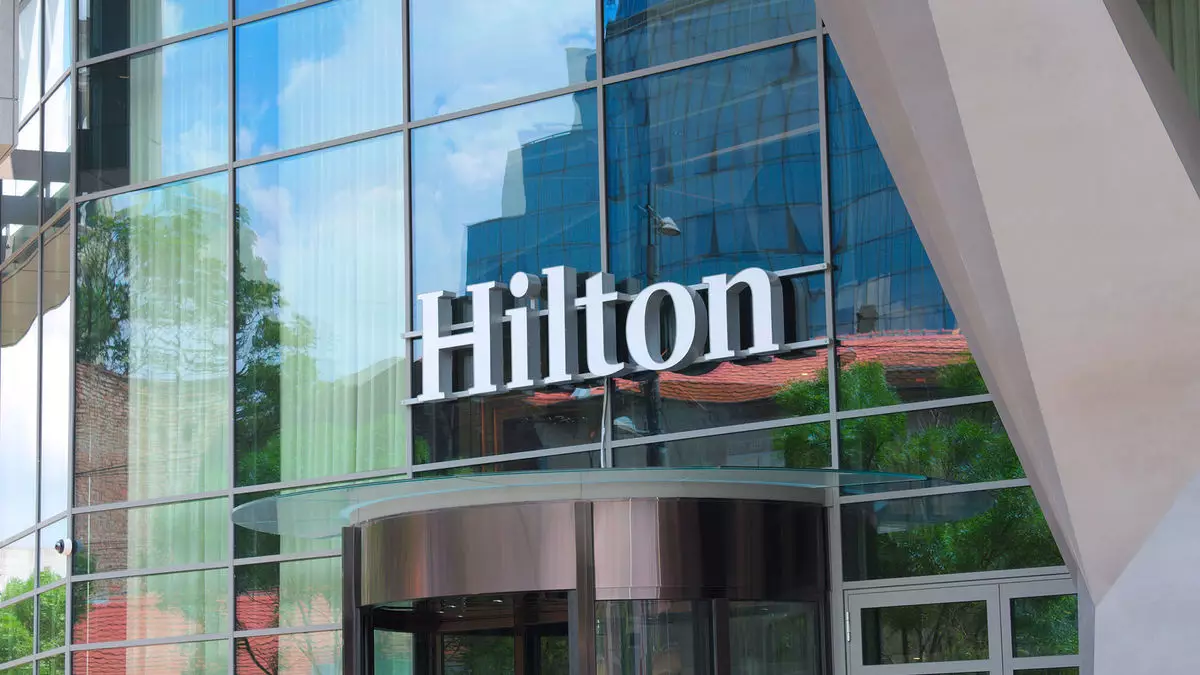The hotel industry is witnessing complex dynamics as it navigates the post-pandemic environment. Although group bookings and business travel are recovering, there are significant challenges impacting revenues and occupancy rates. In late October, Hilton’s CEO Christopher Nassetta addressed these complications during the company’s third-quarter earnings call, revealing a mixed bag of growth and setbacks. While the company’s revenue per available room (RevPAR) saw a modest increase of 1.4% year-on-year, it was below internal expectations, triggering discussions about market trends and consumer behaviors.
Nassetta highlighted several factors contributing to this underperformance. Notably, he pointed to the slowdown in September following the Labor Day weekend, unfavorable weather conditions, and disruptive labor disputes affecting the hospitality sector. Importantly, he noted that leisure travel demand appears stagnant, with some regions even experiencing a decline. Analysts are divided in their interpretation of these trends. Some express concern over a potential downturn in consumer spending, while others argue that such fluctuations are not new to the industry and may simply reflect a return to pre-pandemic travel patterns.
Michael Bellisario, a senior research analyst, referred to unexpected events that disrupt travel as “ankle-biters,” indicating that these challenges are part and parcel of the hotel industry’s cyclical nature. As markets stabilize, there may be a move back to traditional growth rates, suggesting that the current fluctuations might not warrant panic but rather patience.
A critical aspect of the current landscape is the wave of labor actions orchestrated by the Unite Here hospitality union. Since September, strikes have occurred at various hotels under major chains such as Hilton and Hyatt across cities such as Boston and San Francisco. Patrick Scholes from Truist Securities emphasized the prolonged nature of these strikes, pointing out that while Hilton’s global brand may experience limited direct impact, individual hotels owned by third parties feel the effects much more acutely. For instance, the Hilton Hawaiian Village Waikiki Beach Resort, owned by Park Hotels & Resorts, is vital to Park’s portfolio, highlighting the financial strain that labor disruptions can impose.
This uncertainty extends to the broader implications for revenue projections in 2024, as indicated in Park’s recent announcements. The inability to update forecasts underscores the precarious situation regarding ongoing negotiations with labor unions, leaving stakeholders uncertain about the financial landscape moving forward.
As leisure travel takes center stage, the industry is observing a transformation in consumer behavior. Analysts such as Jan Freitag remark on the ongoing financial pinch affecting lower-income travelers. With rising prices across the board, disposable income for leisure activities is dwindling, prompting a shift in spending patterns. This impact is starting at the lower end of the accommodation market but may extend to mid-range and higher tiers if the trend continues.
Moreover, the resurgence of leisure travel is not simply a matter of pent-up demand from the pandemic; rather, it reflects deeper changes in consumer preferences. Travelers today are more discerning, driven by price consciousness and an abundance of travel options. The competition among destinations and accommodation types compels consumers to make more economically savvy decisions, challenging hotels to reassess their pricing strategies.
Despite the hurdles, some areas exhibit vibrant potential for growth. Group business bookings, although evolving, remain a strong point for the industry. Smaller gatherings with short lead times have become commonplace, driven by remote work and flexible scheduling. The idea of impromptu get-togethers illustrates a shift in how and when groups come together, presenting opportunities for hotels to adapt and cater to these new preferences.
On the business travel front, steady recovery signals a positive trajectory for hotel chains like Hilton. Nassetta expressed confidence in the return of business transient demand, anticipating a surpassing of pre-pandemic levels by next year. Such expectations mirror analysts’ observations of a broadening recovery in midweek bookings, a promising sign of normalization.
Forecasts suggest that as the economic landscape stabilizes, travel patterns will increasingly reflect traditional economic indicators, such as GDP growth and consumer confidence. Experts posit that the hospitality industry may find itself realigning with these metrics by 2025, marking a transition back to historical demand drivers and performance indicators. As these elements realign, the industry can set its sights on recovery and growth, while recalibrating its strategies to address the evolving consumer landscape in the years to come.
While the hotel sector confronts challenges such as labor disputes and changing consumer behaviors, there is undeniable potential for recovery and adaptation. The industry’s ability to navigate these complexities will ultimately determine its path forward in this new era of travel.

